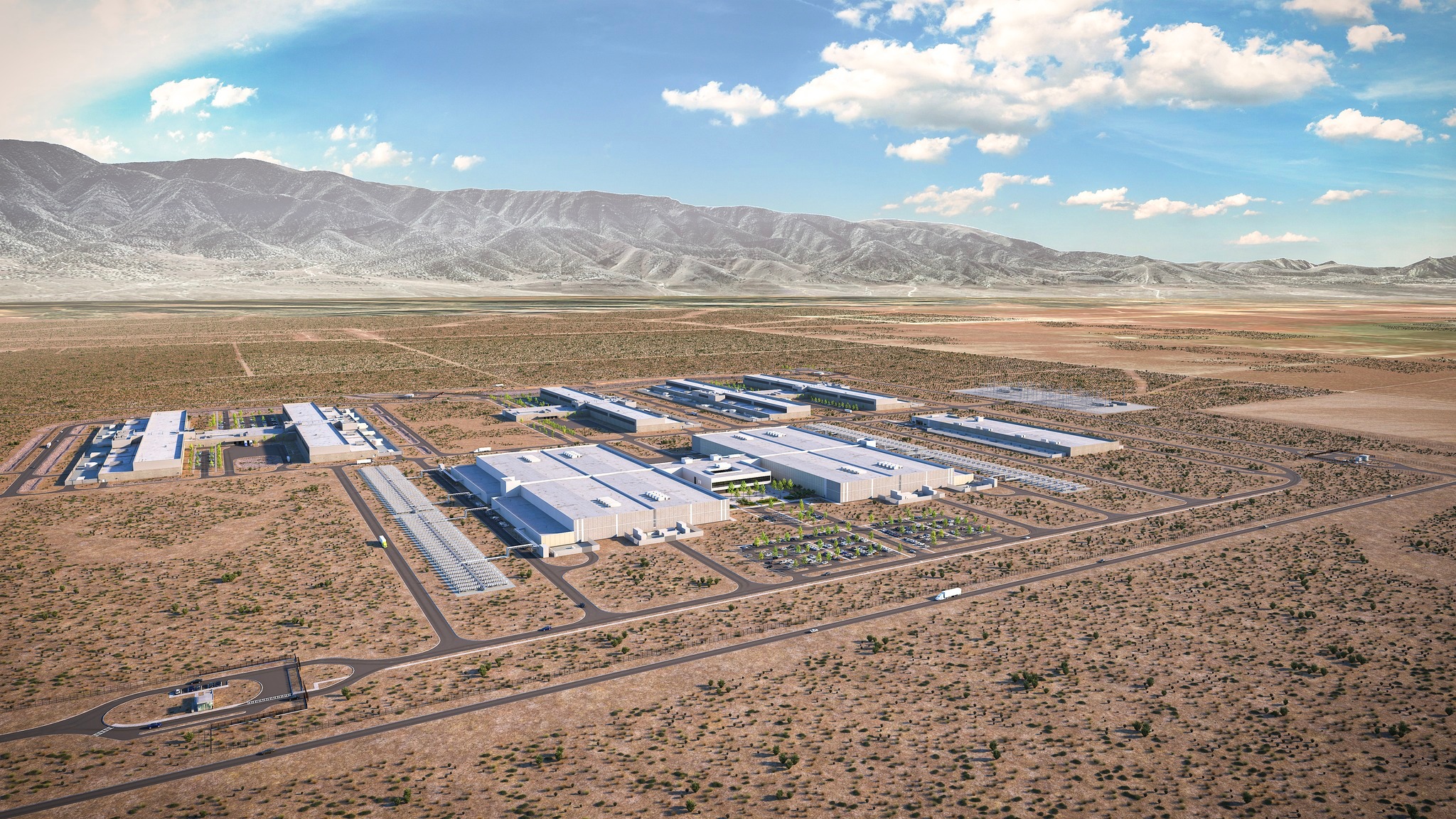
AI data centers have been popping up that house the specific IT infrastructure needed to train, deploy and deliver AI applications and services.
In an article for the Harvard Business Review, academics Shaolei Ren and Adam Wierman write that growing demand for AI will escalate environmental impacts considerably in the United States, with AI data centers potentially consuming as much as 6% of the nation’s total energy usage in 2026.
“AI model training can lead to the evaporation of an astonishing amount of fresh water into the atmosphere for data center heat rejection, potentially exacerbating stress on our already limited freshwater resources,” the article states. “The strain on local freshwater resources imposed by the substantial water consumption associated with AI, both directly for onsite server cooling and indirectly for offsite electricity generation, can worsen prolonged droughts in water-stressed regions.”
According to the Chicago Sun-Times, the rapid growth of data centers is raising the concern of depletion of drinking water across the Midwest. Large data centers, many devoted to researching AI, are expected to use more than 150 billion gallons of water across the U.S. over the next five years.
The state of Utah faces its own delicate water situation, with 100% of the state currently in moderate to severe drought, according to drought.utah.gov. Dr. Tim Kowalchik, director of research for the Utah Office of Energy Development, said that energy generation is a big water consumer, second only to agriculture.
“It’s no secret Utah’s in a drought. We don’t have that much water in the first place,” said Kowalchik. “We’re a competitive state for businesses. We have all these ambitions, but everything takes water.”
Kowalchik shared two concerns with water use in data centers: direct and indirect water use.
“The biggest concern you actually have with your data centers is not the direct cooling, although that does matter and can be mitigated … it is, how do you power that data center? That’s actually the much larger amount of energy that gets consumed,” said Kowalchik. “The power they want is typically water consuming, which is going to be true of Utah as well when [data centers] do show up and when we plan for the future. That’s the real concern for me.”
Some ways that they can mitigate energy use, according to Kowalchik, is going after new technologies that are low energy use such as direct air cooling.
According to Kowalchik, data centers don’t share and/or keep track of the water and energy usage at their facilities. The regulation of data center water tracking is a developing area and individual centers have different ways to mitigate their usage.
The Eagle Mountain Data Center in Utah Valley has a partnership with the local community to reduce water waste.
According to the team behind the project, “this new data center will not only be among the most advanced, energy and water-efficient facilities in the world, but it will also set the standard for data centers across the country and create a world-class experience for the community.”
While concerned for the environmental impact the surge of AI might have on Utah, Kowalchik is optimistic for the work being done to improve the potentially negative effects.
“They actively work on that relationship. And it leads to things like taking water used in the data center and then now they’re irrigating lawns with it. They’re using it in a recirculation program,” said Dr. Kowalchik. “That’s something the state’s actively pursuing, actually … There’s a lot of work being done on it, is the short way to say it. People are aware that this is an issue.”
Kowalchik urged emerging data centers to work with local communities and conserve water efficiently.






